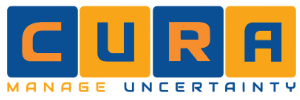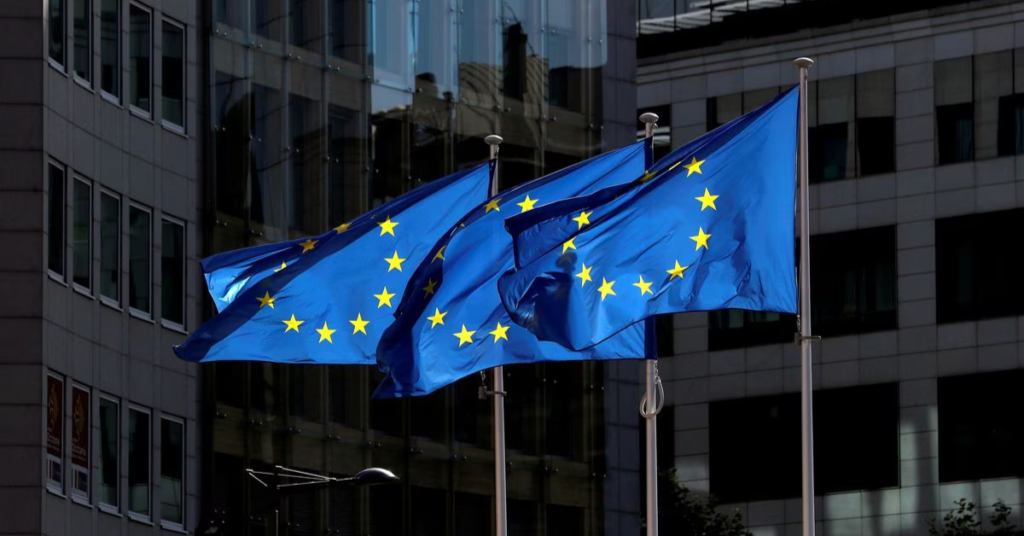COVID-19: It didn’t come without warning. We were made aware of it, but could we have anticipated its potential to rapidly progress and could we have been more adequately prepared to handle the impact of this viral infection on our businesses? It is high priority to contain and take preventive measures against the spread of a life-threatening virus; but what do we do, first, to mitigate and then recover from the toll the economy takes during such a crisis and after it has passed? A higher focus placed on risk management and the importance of maintaining operational agility may have better enabled us to respond to this kind of disruption.
While panic spread like wildfire, its ripple effects into the corporate environment is not exactly a surprise. By scrutinizing the impact of what a previous global epidemic had on our economy – a viral disease outbreak called Ebola – we would have been able to prepare better and execute on some of the necessary measures to minimize the damage of yet another rampant crisis. We live in a world of constant change and uncertainty; some things are unavoidable, but we can still take as much control as we can over the things that are within our immediate responsibility. As individuals, we are responsible for the decisions that we make and for being pragmatic in helping to combat the issue. As big or small corporate entities, we are responsible for creating and implementing a business continuity plan to counterattack an emergent, fast-spreading, fear-inducing global issue – this is a safeguard to our staff and stakeholders as much as it is to also help sustain the longevity of our businesses.
The first case of the Ebola Virus Disease (EVD) was identified in 2014 – We’ve had 5 years to review our business continuity plans, to consolidate ideas, suggestions and lessons into a streamlined process to reduce the impact of our businesses being affected by a risk such as COVID-19.
Some lessons based on the effect EVD had on Africa’s economy:
- Reduced tourism
- Restrictions on trade and transportation
- Decreased agricultural production and mining activity
- High fiscal impact and a withdrawal/stoppage of investments
- Increased rate of unemployment
EVD has highlighted the following potential issues for business:
- Leadership: It is imperative that those in positions of authority are able to quickly respond to pressurised situations, remain involved, and provide calming guidance to a scared and stressed workforce.
- Social and Resource Mobilisation: In order to achieve this, there needs to first be trust, transparency and accountability. Good leadership is a crucial factor for endurance; therefore, leadership needs to come together as a united front in order to influence an increased level of co-operation from the public.
- Coordination: This requires that you respond quickly and adapt well to change – It will determine whether you sink, float or swim.
- Media Communication: The media can sometimes aggravate a situation, stirring up even more anxiety and uncertainty among the public and this carries its own wave of disruption into businesses. In addition, social media and the internet has made it increasingly easy for the man-on-the-street to create and spread panic, especially among those who aren’t pedantic in authenticating the source of where they are receiving their information from. There must be a clear plan of communication in place in order to make sure that the public remains correctly informed and to encourage the desired responsible behaviour from them.
Considering the above key points, we can conclude that for businesses to have a fighting chance against survival and/or recovery, they need to have strategic agility. This ensures that the pace at which decisions are made to remove or mitigate risks and at which opportunities are identified or taken advantage of is fast enough to secure your position in the market and possibly greater competitive advantage. Strategy, good risk management, decisiveness (but, also patience), and a variety of optimistic, pessimistic and realistic possibilities that these can be applied to, will gear you into a more prepared mindset.
We can identify 5 workplace lessons about operational agility and maintaining business as usual (BAU) under emergency circumstances/a global pandemic:
- Social Distancing and Self-Isolation: First and foremost, protect your employees and help slow down the spread of the infection. Given the state and limited capacity of the healthcare systems, if we act recklessly and selfishly, we would be doing so toward our own detriment and to that of our loved ones.
- Strong Leadership: Leadership needs to demonstrate strength and entrench the need for adaptability and capitalisation of dynamic capabilities.
- Transparent Communication: There needs to be constant communication between all parties, from employer to employee and company to client, and vice versa. This is to ensure that all parties are aware of their own responsibilities and what is taking place around them so that the business objectives are still met.
- Adaptability, Resource Availability and Allocation: Are your employees adequately enabled to work remotely? To accommodate social distance/self-isolation, while at the same time ensuring BAU, employees need to be allowed to work from home/remotely where possible. In some instances, given the scope of work or the sensitivity of the environment, this may be nearly impossible to be done. However, there would still be a percentage of your workforce that is extended this flexibility, thereby creating unoccupied space for the other employees who will need to work from the office.
- Constant Monitoring: In the face of sudden change, there will be hiccups. As employers, you will need to expect them while your staff explores the unfamiliar territory of a workspace in an external environment.











